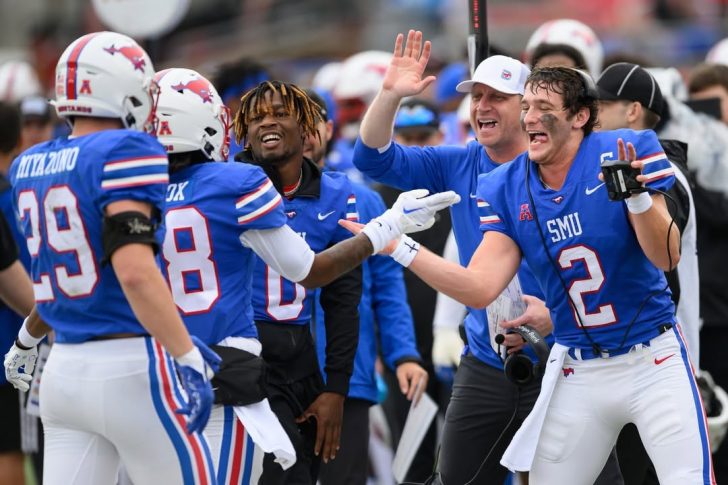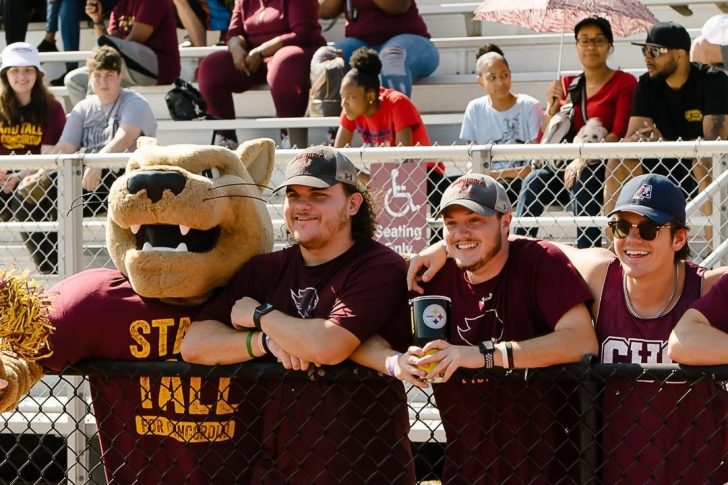Homecoming is a beloved tradition in high schools across the United States, bringing together students, alumni, and the community. Taking place in the fall, it is a week-long celebration that culminates in a football game and formal dance. This event not only fosters school spirit but also serves as a platform to connect generations through shared pride and participation. Here's everything you need to know about this iconic high school tradition.
The History of Homecoming
Homecoming originated in American colleges in the early 20th century, aimed at welcoming alumni back to their alma maters. The University of Missouri held the first recognized homecoming in 1910, which included a football game, parade, and community activities. Its success inspired other schools to adopt similar celebrations.
By the 1920s, high schools embraced the tradition, incorporating events that were both celebratory and unifying. Over time, it evolved into a spirited, multi-day festivity centered on student involvement and community pride. Today, homecoming is an enduring symbol of school identity and connection.
Homecoming Week: A Time for Spirit and Fun
Homecoming week is packed with activities designed to energize students and celebrate their school community. Each day typically features a theme, such as pajama day, sports team day, or school colors day. These themes encourage students to participate and showcase their creativity.
The pep rally, often held midweek, is a standout event. It’s a high-energy gathering where students cheer for their sports teams, watch cheerleaders perform, and enjoy entertaining skits. This collective celebration builds excitement and unity as the school anticipates the big game.
Another major highlight is the homecoming parade, which usually takes place on Friday. This event features colorful floats, marching bands, and community groups. Alumni, families, and locals line the streets to show their support and take part in the festivities. The parade embodies school pride and fosters a strong sense of community.
The Homecoming Football Game
The homecoming football game is the week’s central event and a rallying point for the school community. Typically held on Friday night, it draws large crowds of students, alumni, and local residents. The game is not only about competition but also about celebrating the school’s athletic achievements.
Halftime often features the crowning of the homecoming king and queen, a cherished tradition. These honors are awarded to students elected by their peers, symbolizing leadership and school spirit. The marching band and cheerleaders add to the excitement with captivating performances that energize the crowd and create a festive atmosphere.

@smudallas | Instagram | The homecoming football game is the week’s central event and a rallying point for the school community.
The Homecoming Dance: A Memorable Finale
The week-long celebration concludes with the homecoming dance, typically held on Saturday night. This formal event gives students the chance to dress up, dance, and create lasting memories. It’s often themed, with elaborate decorations and music provided by a DJ or live band.
For many students, the homecoming dance is a highlight of their high school experience. It’s an opportunity to celebrate friendships, express their style, and reflect on the shared pride and spirit cultivated throughout the week. Homecoming remains a timeless tradition that unites schools and communities nationwide.










